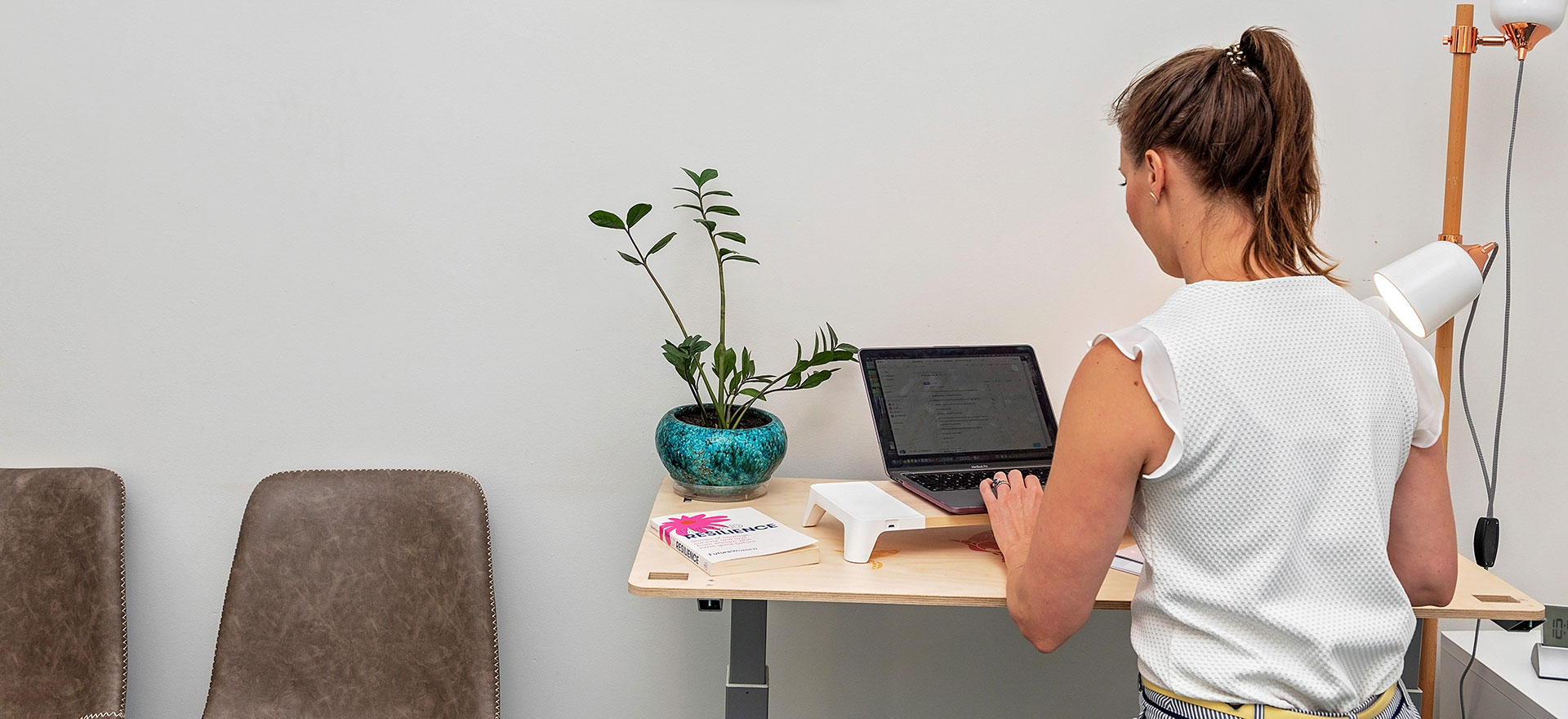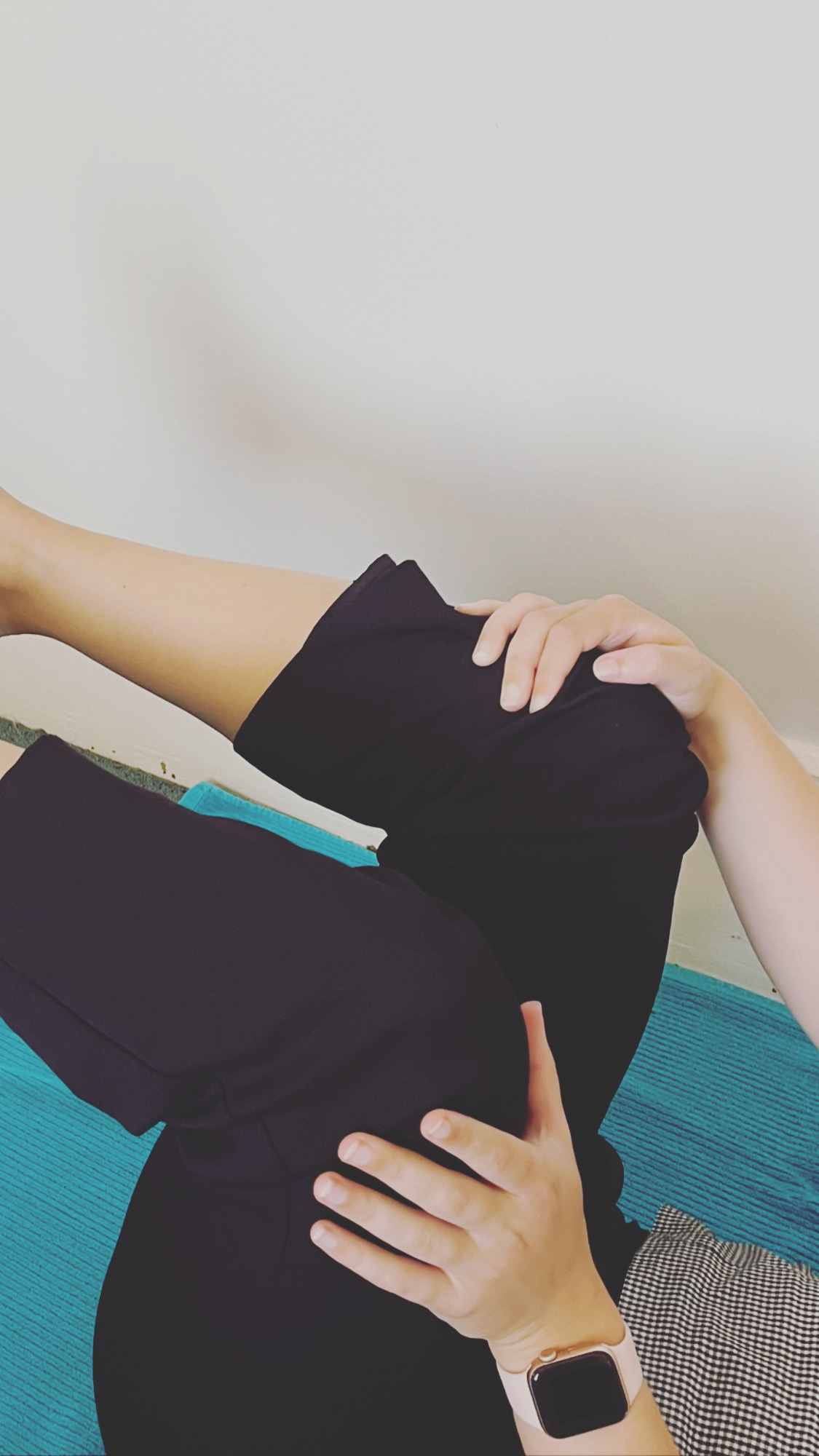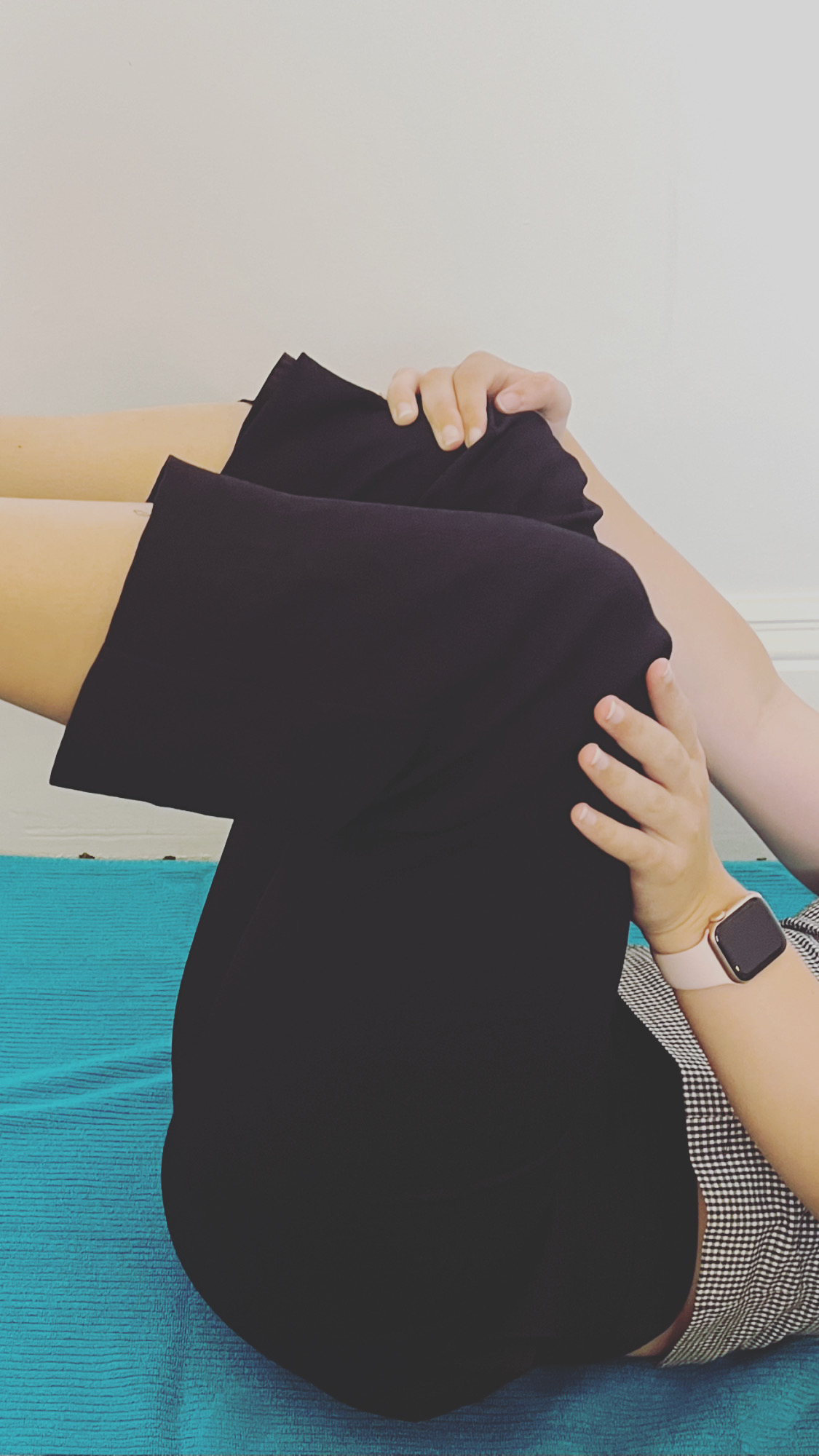Pelvic Instability Starter - Low Back Pain / Hip Pain / Pelvic Girdle Pain
Written By our Resilient Health Osteopath Dr Mel Pierlot.
The pelvis is a complex region of the body; thus inherently creating complicated pain!
In Adelaide, our Resilient Health Team LOVE problem solving complicated issues like these!! We have the opportunity to DECIPHER AND TREAT the WHOLE of you!
Your Osteopath may have told you that your pain (low back pain, hip pain, pelvic girdle pain) is arising or persisting because of ‘pelvic instability’...
But what does this ACTUALLY mean?
HOW is a pelvis able to move?!
Is my pelvis just going to collapse?!
Here is a summary of the pelvis to help you understand pelvic instability:
The pelvis comprises of the lumbosacral, symphysis pubis, sacroiliac and hip joints.
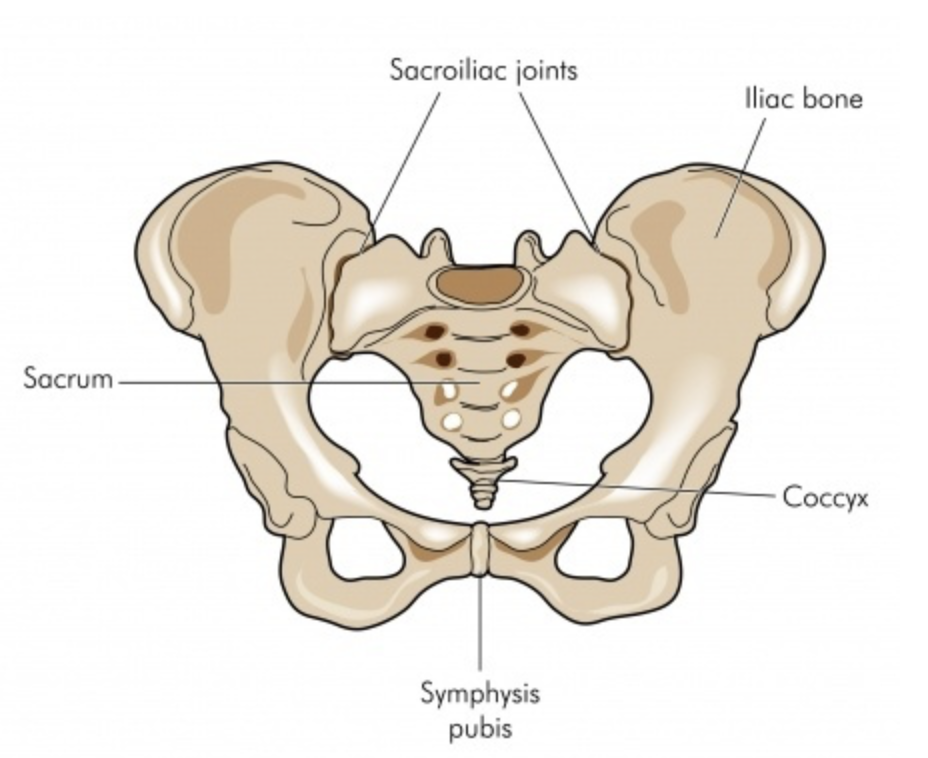
The pelvis has the important role of housing your gastrointestinal and reproductive organs, and it transmits weight between the upper and lower half of your body.
Stability of the pelvis comes actively from muscles, passively from ligaments and your nervous system’s ability to control these structures.
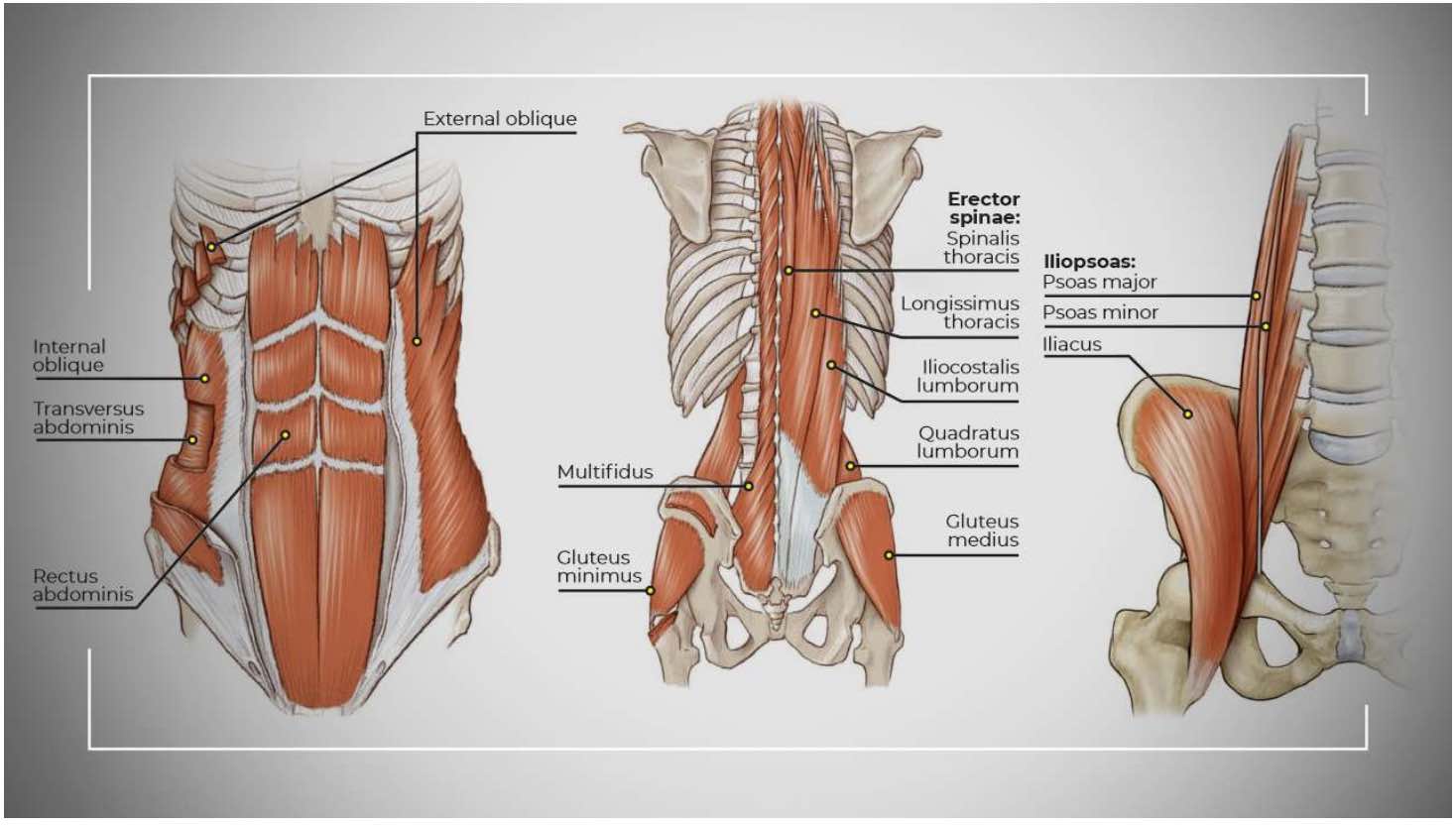
PELVIC INSTABILITY refers to increased range of motion or laxity of one or more of these joints.
This can result in a muscle, ligament or adjacent joint taking on more load to compensate- OUCH!
People with pelvic instability may report:
Low back pain
Gluteal/buttock pain
Hamstring pain
Hip pain
ESPECIALLY with sitting, standing, heavy lifting and single leg movements.
Pelvic instability can be caused by pregnancy (due to hormonal changes), genetics, sport or previous injury.
A key component of pelvic pain and instability is neural (nervous system) control because FOR OPTIMUM FUNCTION your pelvis requires a balanced contraction of your deep stabilising muscles (e.g. multifidus, erector spinae) AND big mover muscles (e.g. glutes, hamstrings).
If your nervous system is getting poor sensory feedback or neglecting to activate certain muscles, this may result in instability and pain. It is also important to rememer that a healthy nervous system needs sleep, nutrition and practice!
So we know that we have the need to support these pelvis joints and that we need to develop CONTROL with our nervous system for stability... so how do we get there?
Here are some exercises that may help with muscle imbalance of the pelvis:
Pelvic tilts
These are good for generalised low back pain with sitting and standing.
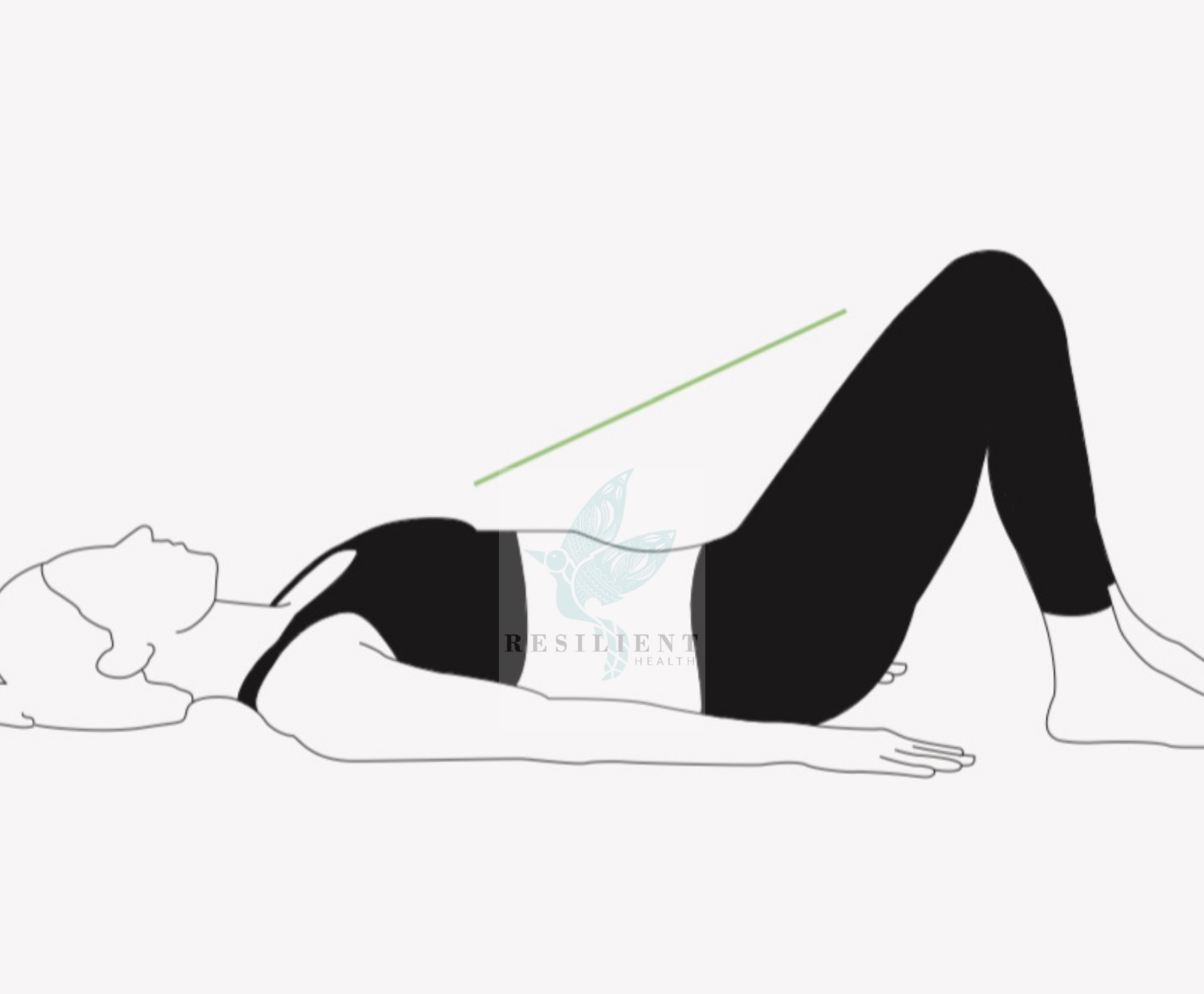
1. Lay flat on your back with your feet flat on the floor, hip width apart.
2. Aim to get your low back flat on the floor by rolling your pelvis using your tummy muscles to bring your pubic bone towards your head.
*You should feel tightening through the front of your abdomen and glutes with NO BACK PAIN!
Glute bridge
GREAT for improving movement patterning in low back, sacroiliac and glute pain.
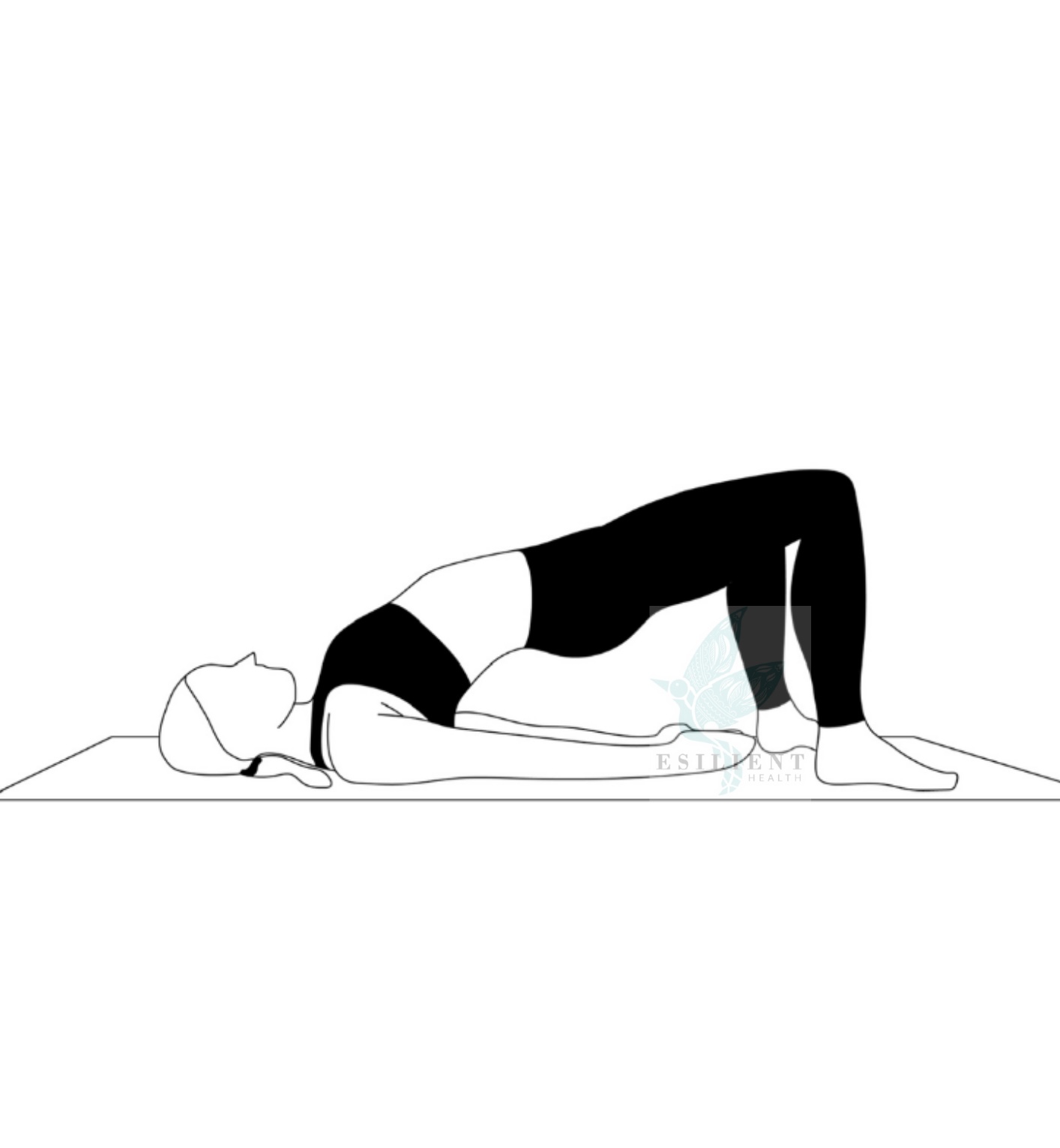
1. Lay flat on your back with your feet on the ground, hip width apart, toes facing forward.
2. Imagine pushing the ground away with your heels as you lift your pelvis and low back off the ground.
CHECK-IN:
There should be NO BACK PAIN.
Ensure that your knees stay in line with your hips and ankles- don’t let them cave in!
You should feel your glutes driving this movement, with a little bit of hamstring and quad activation.
IFs:
-If you are feeling pain in your low back: TRY doing a pelvic tilt before you bridge up OR reduce the height of your bridge
- If you can feel it mostly in your quads: MOVE your feet slightly further away from your bottom.
- If you feel it mostly in your hamstrings: MOVE your feet slightly closer to your bottom.
- If you are struggling to feel it in your glutes: TRY adding a pelvic tilt or add a resistance band around your knees to push in to.
Self pelvic MET
Great for one sided glute/ low back/ sacroiliac pain/ symphysis pubis pain.
Part A:
1. Lay flat on your back and lift your feet off the floor so that your hips and knees are at 90 degrees. (i.e. like a table top)
This exercise is designed to be gentle, only push to 10-20% of your strength.
2. Push your left knee away using your left hand while your left leg pushes back to counter this pressure.
3. At the same time, pull your right knee towards you with your right hand while your right leg pushes away countering this pressure.
4. Hold for 5 seconds and then swap sides
**If you have low back pain, try starting with a pelvic tilt.
Part B:
1. Lay flat on your back with your feet flat on the floor, hip width apart.
2. Place a medium to large ball between your knees (e.g. soccer ball, basketball, Chi ball)
3. Squeeze the ball between your knees as hard as you can (within tolerable pain limits)
4. Hold for 5 seconds.
5. Repeat 3-4 times
*You may here a click or clunk sound in your back, this is normal!
And finally, make sure you pop in to see your Resileint Health Osteopath to help with pelvic instability!
We will make sure these exercises are correct for you and help unload adjacent structures (e.g. diaphragm, hip flexor, erector spinae) that me be contributing to your complaint.
See you in the clinic!
The Resilient Health Team
*Sketched images commissioned from @thejaquesstudio
References:
Neumann, D.A. (2017). Kinesiology of the musculoskeletal system. (3rd ed.). Elsevier
Starrett, K., & Cordoza, G. (2015). Becoming a supple leopard. (2nd ed.). Victory belt publishing.
Pelvis image source: https://www.spineuniverse.com/anatomy/sacroiliac-joint-different-other-joints
Muscle image source: https://fitpage.in/core-muscles-and-how-to-strengthen-them/
